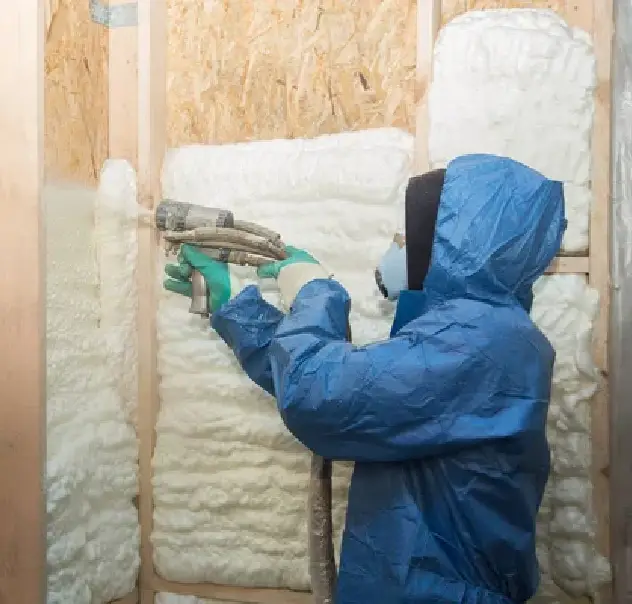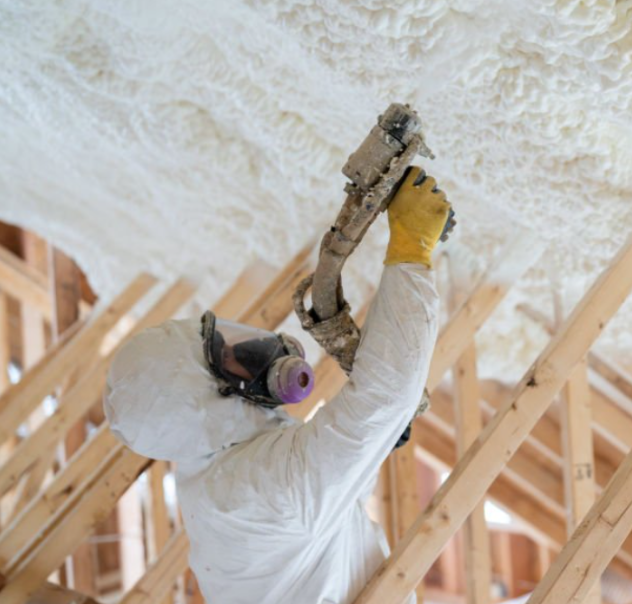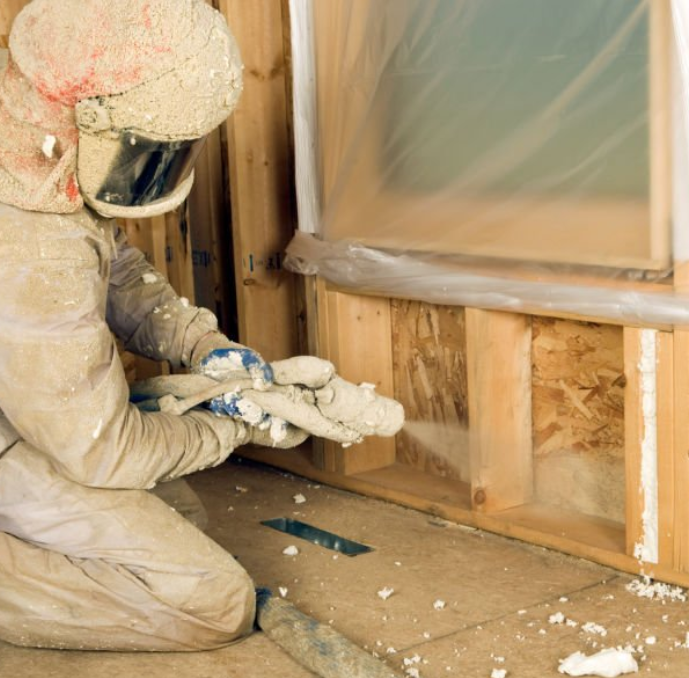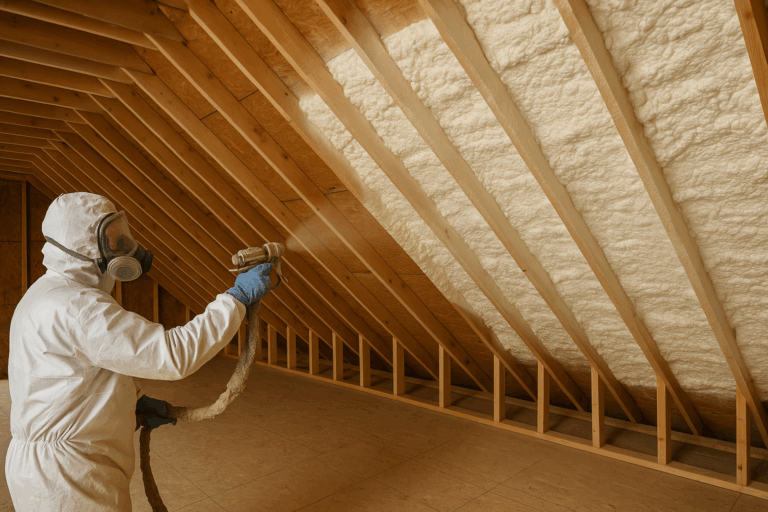Blogs

Have you ever wondered why some parts of the house remain cold, despite the heat being on? Or maybe you...

Insulation is very important to make the house strong, not only from the outside but also from the inside....

When it involves reducing power bills, many owners lean towards upgrading windows or adjusting thermostats....

One of the most effective and efficient methods of insulating houses and buildings is spray foam insulation....

It’s crucial to have a proper understanding of the R-value of your home. It will help to lower the energy...

We know your time is valuable, so we’ve made it easy to review and sign your Green Cocoon proposal right...

You know, when it comes to making your home more energy-efficient and comfy, the attic is super important....
No posts found







